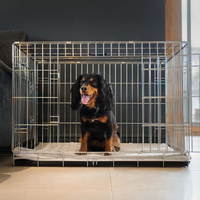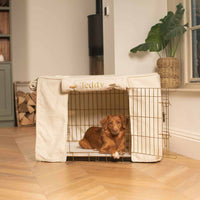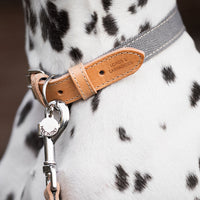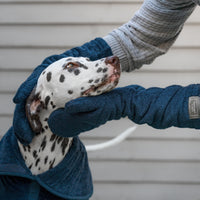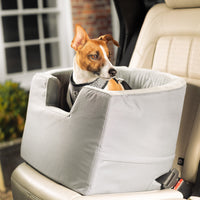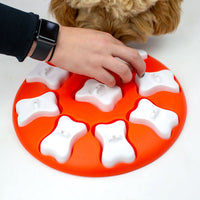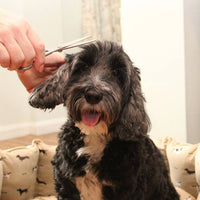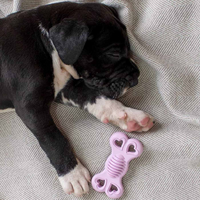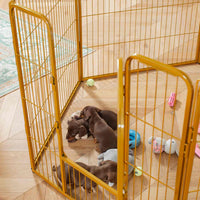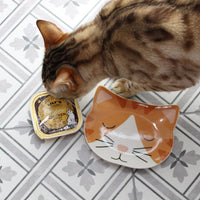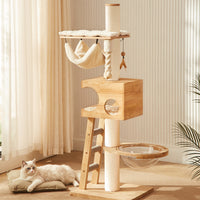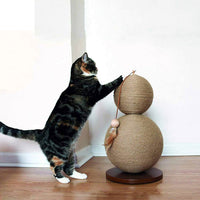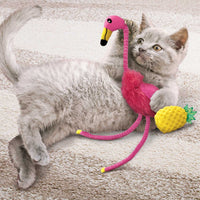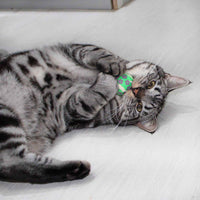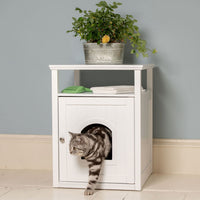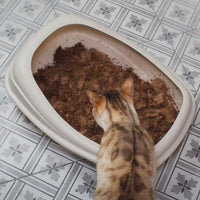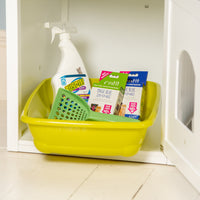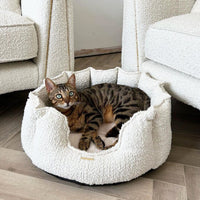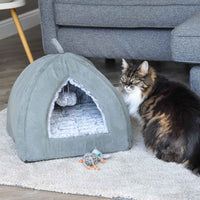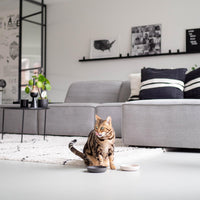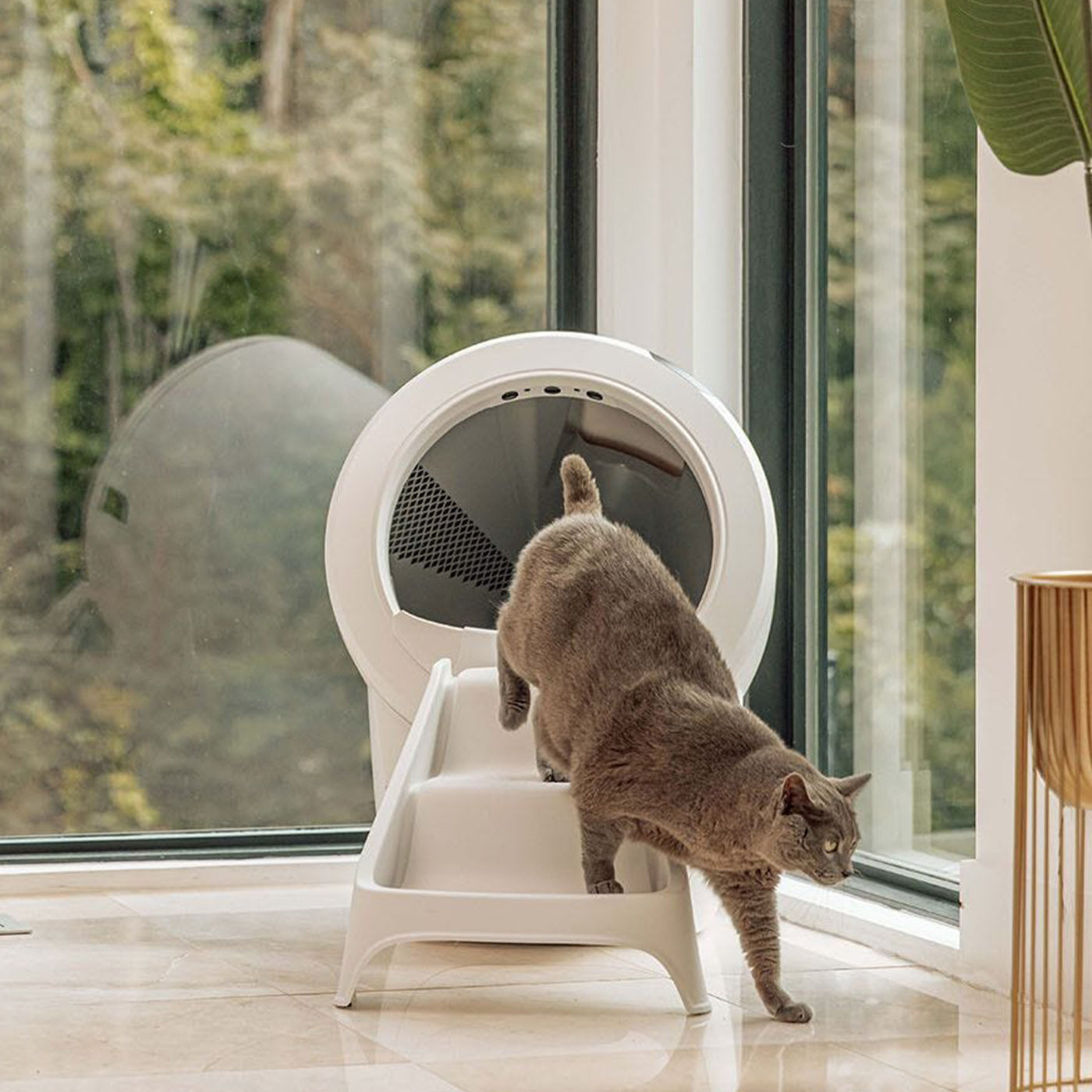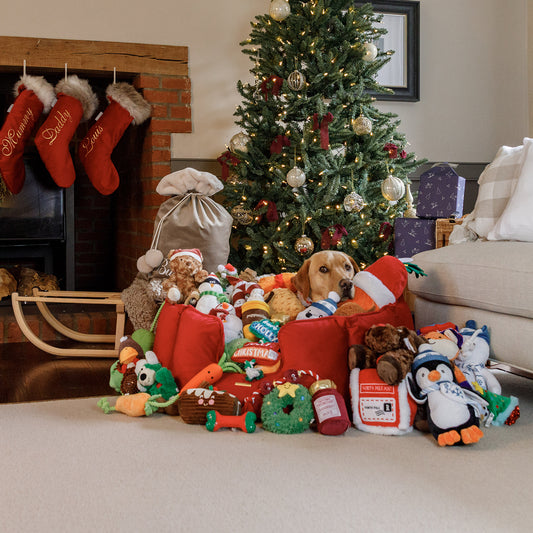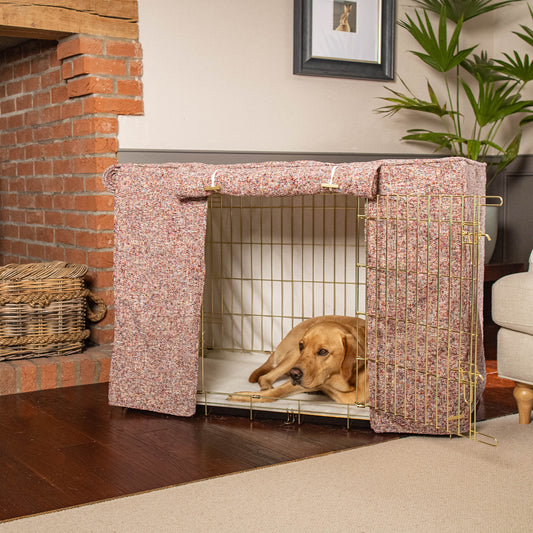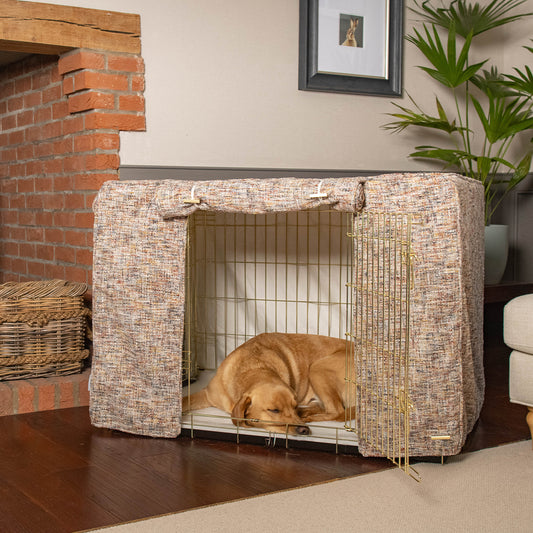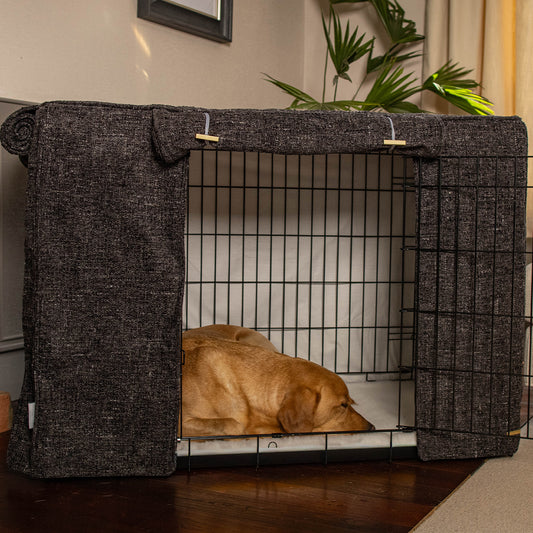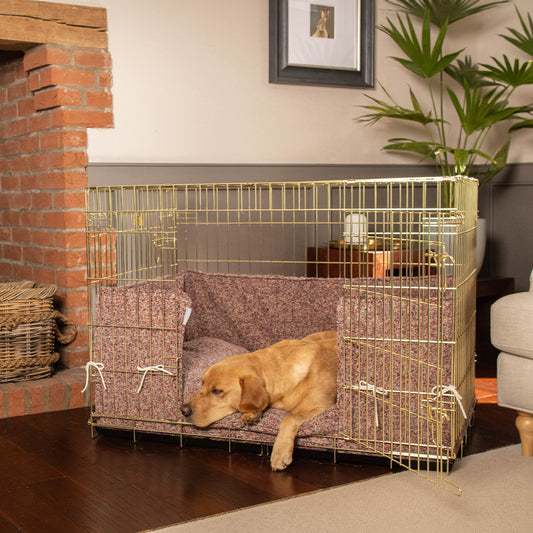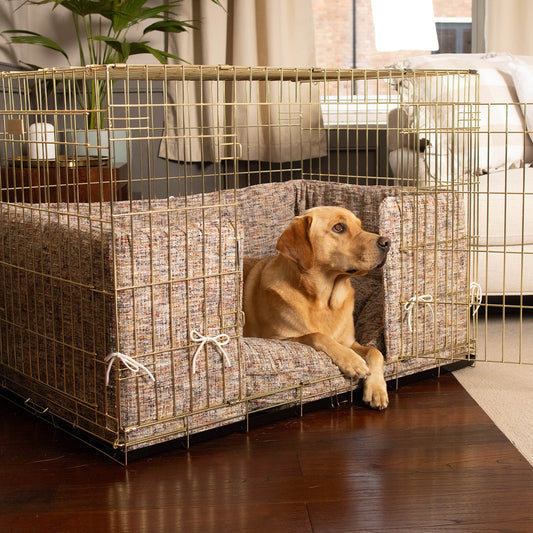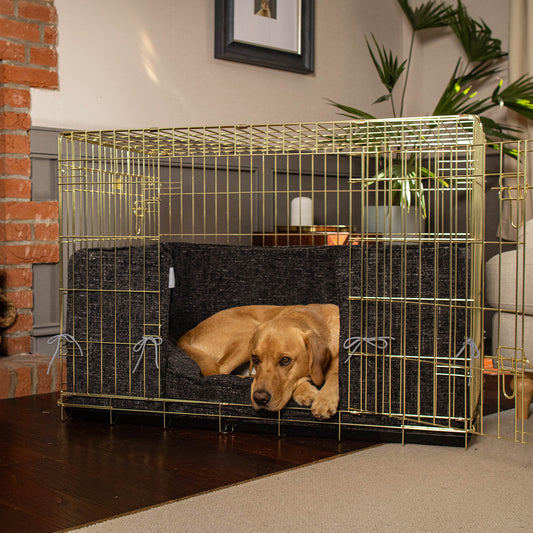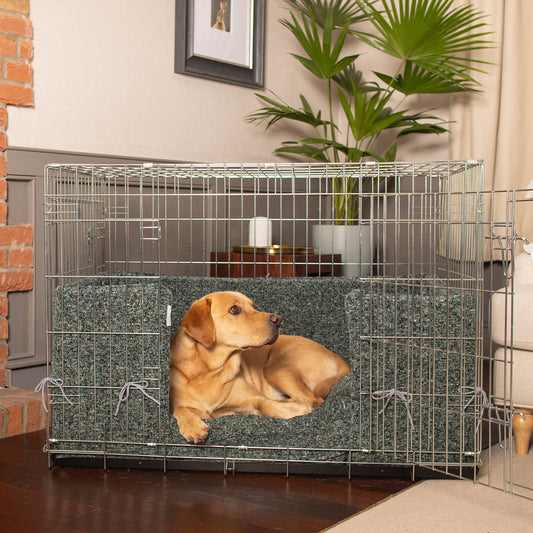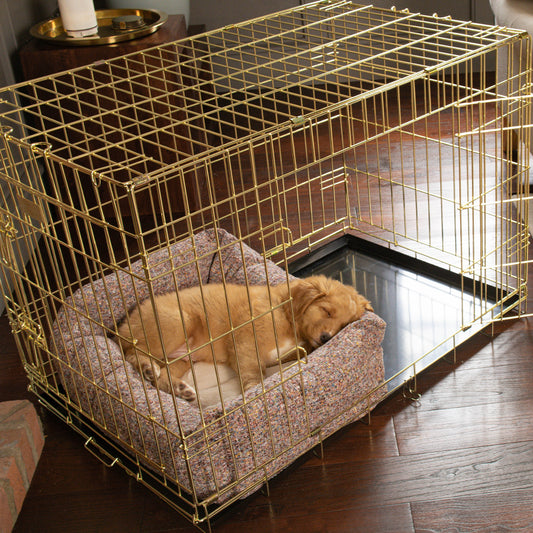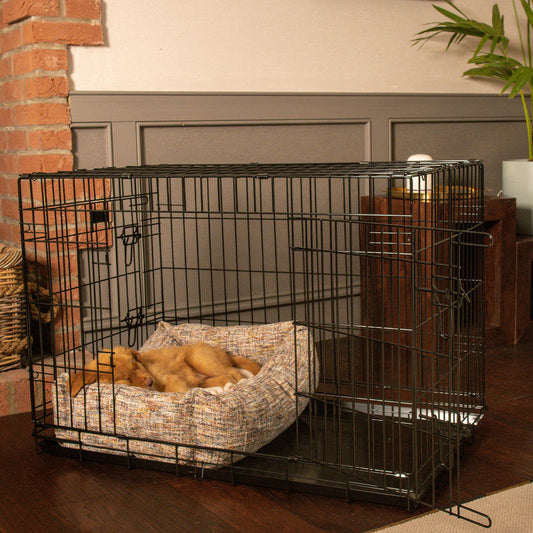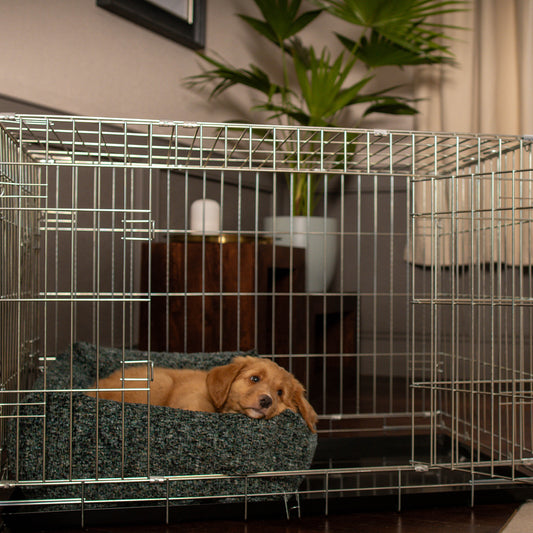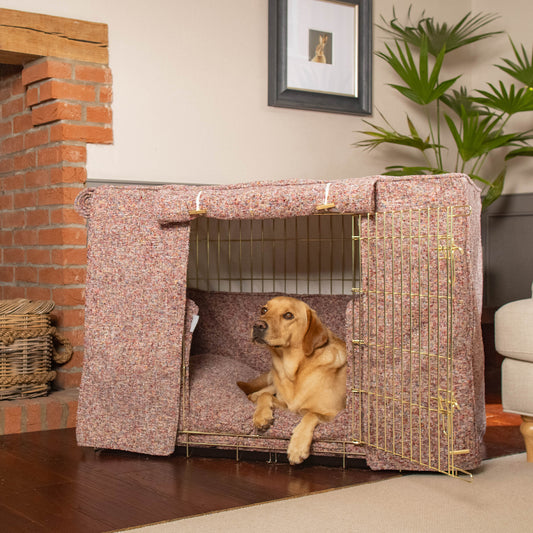If you’re a UK-based pet owner planning a trip abroad with your dog or cat, you’ve likely come across the term “pet passport.” From the cost of a cat passport to the post-Brexit regulations affecting an animal passport, it can be a little confusing to understand the latest requirements. In this guide, we’ll break down what a pet passport is, how it used to work in Europe before Brexit, and what you’ll need to do now to ensure your pet has everything it needs to travel safely and legally.
What Is A Pet Passport?
A “pet passport,” sometimes also called a pet ID passport, is an official document that historically allowed pets—most commonly dogs, cats, and ferrets—to travel between various countries without needing lengthy quarantine periods. Before Brexit, a European pet passport was often sufficient for UK owners travelling to EU countries, provided their pet’s vaccinations, microchip details, and owner information were up to date.
The Purpose of a Pet Passport

- Verified Identity: It contains your pet’s microchip number, name, and breed.
- Health Records: It includes proof of valid rabies vaccinations and other relevant health details.
- Owner Information: Shows the name, address, and contact information of the pet’s owner.
By having a valid pet passport (or, in the post-Brexit world, the right certification), you minimise any travel-related stress for both you and your pet, making the journey smoother at border controls.
Pet Travel After Brexit
Since the UK left the EU, the European pet passport issued in Great Britain (England, Scotland, Wales) is no longer valid for travel to EU countries. Instead, pet owners now need what is known as an Animal Health Certificate (AHC) if they’re travelling from the UK to the EU or Northern Ireland.
Animal Health Certificate (AHC): This is valid for a single trip into the EU, onward travel within the EU for four months, and return to Great Britain within four months. Every time you travel to the EU, you need a new AHC unless you already have an EU-issued passport from before Brexit (still valid if issued by an EU country).
To get an AHC, you need to visit an official veterinarian (OV) who will check your pet’s microchip, rabies vaccinations, and general health. For more detailed information, you can consult the official guidelines on Getting an animal health certificate (GOV.UK).
Do I Still Need a Pet Passport?

If you have a pet passport issued by an EU country, you might still be able to use it—this includes documents issued in Northern Ireland. However, if your passport was issued in Great Britain, it is no longer valid for travel in the EU. You’ll need an AHC for your next trip. You can learn more about this on the GOV.UK website.
For UK-based owners, think of the new Animal Health Certificate as the updated version of a pet passport. The purpose is the same—ensuring your pet meets all health requirements before crossing borders—but the format and paperwork have changed since Brexit.
Applying for a Pet Passport (Pre-Brexit) vs. Now
Before Brexit, you could easily apply for a pet passport online through certain veterinary providers or book an appointment with an official vet. You would bring your pet’s vaccination records and microchip details, and they would issue a passport that remained valid as long as you kept vaccinations updated.
Today, the process is more or less replaced by obtaining an Animal Health Certificate if you’re travelling from Great Britain. You can’t simply apply for a pet passport online in the UK the same way you once could for EU travel, because the requirements have changed. However, you can still find online resources to guide you to an official vet, who is the only person able to issue the relevant documentation.
How Much Does It Cost?

One of the most common questions people ask is the cost of a cat passport or dog passport. While the pet passport scheme is no longer valid in the same way if it was issued in Great Britain, you can still get an EU-issued passport if your pet resides in an EU country or travels regularly there. However, for most UK owners, the main cost to consider is the Animal Health Certificate.
The fee for an Animal Health Certificate can range from around £100 to £200+, depending on your vet’s pricing.
Vaccinations & Microchipping Cost:
Rabies vaccinations typically cost around £15 to £60, tapeworm treatment is around £20 to £30 and a microchip insertion can be around £15 to £30 if your pet isn’t already chipped.
Because these expenses can add up, it’s always a good idea to call around to different veterinarians to compare prices. Keep in mind you may also need boosters or treatments for tapeworm (particularly for dogs) depending on your destination. You will also want to make sure your pet is up to date with their regular vaccinations, flea and worming treatments - the cost of these varies between vets but a lot of practices have pet plans which include or subsidise the cost of these.
What You Need to Travel with Your Pet
The specific requirements vary based on where you’re travelling, but here are some general guidelines:
- Microchipping: Your pet must be microchipped before any vaccinations for travel.
- Rabies Vaccination: This must be done at least 21 days before you travel
- Animal Health Certificate: Issued within 10 days of your trip if you’re heading to the EU.
-
Tapeworm Treatment (For Dogs): Required when travelling to certain countries, administered by a vet no less than 24 hours and no more than 120 hours before arrival.
Preparing Your Pet for Travel

Travel can be stressful for animals, especially if they’re not used to long journeys. Whether you have a dog passport or a cat passport, there are a few steps you can take to make their trip more comfortable
- Carrier or Crate: Invest in a sturdy, comfortable pet carrier or crate that allows your pet enough room to turn around and lie down.
- Familiar Items: Put a favourite toy or blanket inside the carrier to help your pet feel more at ease.
- Gradual Acclimatisation: Let your pet get used to the carrier at home before the trip so they see it as a safe space.
- Frequent Breaks: If you’re driving, plan stops so your pet can stretch their legs, rehydrate, and relieve themselves.
For more tips on travelling safely with your pet, check out the Travelling with Your Pet collection on our website, where you’ll find carriers, travel accessories, and other essentials designed to make journeys smoother.
Final Thoughts
While the European pet passport offered a convenient solution in the past, the post-Brexit travel scenario for UK-based pets now requires a bit more planning with the Animal Health Certificate. The good news is that the process is still straightforward, as long as you’re prepared.
Make sure your pet’s microchip and rabies vaccinations are up to date well in advance of your travel date, and keep an eye on the latest guidance from GOV.UK to ensure your paperwork remains valid. With a little preparation, you and your furry companion can continue to explore new destinations together, worry-free.
Want to learn more about travelling with pets? Feel free to browse our Travelling with Your Pet collection for crates, carriers, and other travel essentials. Wherever your next trip takes you, we hope you and your pet have a safe and joyful journey!




